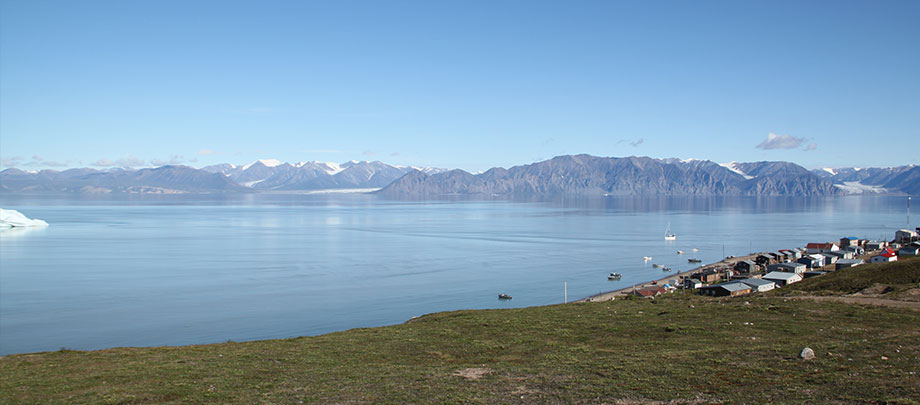The cost of property insurance has been on the rise. This increase is driven by a variety of factors, like wildfires, increasing weather events and the impacts of climate change. These impacts have been felt strongly across Canada, especially in Indigenous communities.

The First Nations Financial Authority and BFL Canada are developing an Indigenous mutual insurance model that incorporates a circular economy for economic reconciliation. In this model, policyholders own the company entirely, with profits distributed as dividends or used to lower premiums, alongside risk planning and assessment.
Mainstream Insurance Overlooks Indigenous Communities' Needs
Indigenous communities face unique challenges that mainstream insurance risk assessments often overlook. These assessments usually use a one-size-fits-all approach, ignoring the distinct needs and circumstances of Indigenous reserves across Canada.
Here’s an example:
While insurers might assess a region's floodplain, wildfire history or existing housing resiliency measures, on-reserve housing can’t be moved from a flood zone or wildfire-prone area. So, some communities are forced to accept higher property insurance rates, while others remain uninsured.
This creates significant barriers to governance and housing development on reserves and in modern treaty territories.
This Research Insight highlights these barriers, especially related to fire and property insurance. The findings aim to support housing development and provision on reserves, in modern treaty territories and across the Métis Homeland in rural areas.
Here are some key findings from the research:
- Legislative impact: The Indian Act and First Nations Land Management Act play influence insurance availability. They designate reserve land as Crown land and transfer land management to First Nation governments, impacting liability and insurance costs for people living on-reserve.
- Insurance affordability barriers: Indigenous Nations face affordability challenges for property insurance. This is due to rural locations and outdated housing, increased premiums from climate disasters and strict capital requirements- Arctic communities struggle with supply chain issues, high risk ratings and limited insurance options.
- Indigenous worldview and insurance: The authors identified the Cree concept of "living in a good way." as one way to guide culturally appropriate risk solutions and partnerships.
- For-Indigenous, by-Indigenous solutions: Incorporating Indigenous insurance brokers and resources into the development process can help with better risk planning in communities. Comprehensive fire safety education, addressing bonding requirements for construction companies and improving access to property insurance during the transition to individual homeownership are essential steps. These measures highlight the need for further research and targeted support in these areas.
The objective was to identify practical models developed by Indigenous service providers. These models can be adopted by mainstream insurance providers and governments to advance economic reconciliation and enhance housing quality and longevity for Indigenous communities. Continued investigation and dedicated assistance are essential to ensure the effective application and enduring success of these models.
Download this Research Insight to learn more about the unique challenges and solutions in Indigenous insurance and risk.
Sign up to get regular updates on Canada’s housing industry sent to your inbox.






 Share via Email
Share via Email
